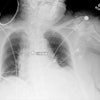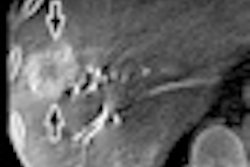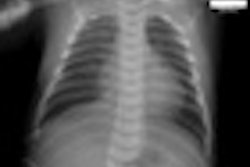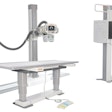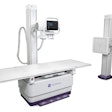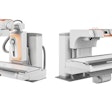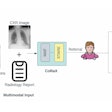Monday, November 26 | 12:15 p.m.-12:45 p.m. | LL-PDS-MO2A | Lakeside Learning Center
Heightened concern over radiation dose has led to the development of new methods for calculating and reporting dose delivered to patients during imaging exams. Most of the attention has focused on CT -- but what about digital radiography (DR)?"Recent studies suggested the feasibility of patient-specific dose estimation for CT examinations," said Xiang Li, PhD, of Duke University, in an email to AuntMinnie.com. "However, similar studies have not been conducted for radiography examinations."
Researchers from Duke sought to rectify the situation by developing a method for determining patient-specific organ dose from the dose-area product (DAP) information stored in DICOM reports of DR exams. The researchers used DAP together with patient body size measurements to estimate organ dose in pediatric patients, according to Li.
The group reviewed imaging studies for 42 pediatric patients (age, 0-15 years) for whom full-body computational models were available based on clinical CT exams. Organ dose was calculated with a Monte Carlo program to simulate organ dose received from an anteroposterior (AP) chest radiography exam, acquired with the patient in the supine position at 80 kVp and 100-cm source-to-image distance. Organ dose estimates were developed and correlated to several body-size metrics and normalized by DAP.
For organs inside the primary radiation beam, the normalized DAP dose measurements correlated strongly with AP distance, while similar relationships were found between DAP-normalized organ dose and truncal height for organs outside the beam. DAP-normalized effective dose also correlated most strongly with body weight.
The researchers concluded that organ dose and effective dose, when normalized by DAP, decrease with increasing patient size. This suggests that simple body size estimates can be used with DAP to estimate patient-specific organ dose.
"Such estimates, when included in the patient's radiology report, provide the most effective means to promote responsible use of ionizing radiation and increase accountability," Li said. "The relationship between organ dose and patient size further provides a solid basis for designing size-based pediatric imaging protocols."


